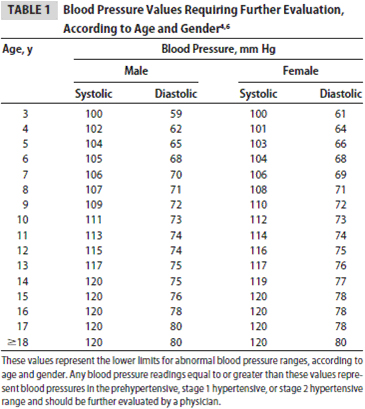![]()
Blog @ SunTech
Advice from the BP Measurement Experts
Hypertension in Children: An Easier Method of Identification

When you walk down a busy street or visit a popular fast food restaurant it's easy to see that we have a growing problem: obesity. Not only are a growing number of adults overweight, but now more children are becoming overweight. What may not be so obvious are the other risk factors that are generally elevated with obesity, one of which is blood pressure.
Blood pressure guidelines are straightforward for adults. However, blood pressure guidelines for children are more complicated because as children grow toward adulthood, blood pressure naturally elevates, and using adult guidelines for children results in undiagnosed hypertension. The problem with undiagnosed hypertension in children is that blood pressure in childhood correlates with blood pressure in adulthood, meaning that early identification and intervention are fundamental to future health.*

Recently, a group of health professionals proposed a simplified method for identifying hypertension in children. The authors documented that about 75% of hypertension cases in pediatric patients (in the US) are undiagnosed. The tables currently used to diagnose high blood pressure in pediatric patients consider age, gender, and height percentile of the patient. While the blood pressure tables offer a lot of information, they can be a little confusing (check out an example here), and not all information needed (e.g. patient's height percentile) may be readily available at the time of the blood pressure measurement. The simplified tables proposed in the article use one blood pressure threshold per year of age for each gender, and can easily help healthcare practitioners identify when blood pressure readings merit further investigation such as additional in office readings or an ambulatory blood pressure test. This simple method could help reduce the percentage of undiagnosed hypertension cases in children, leading to earlier treatment of risk factors and a healthier population!

For more information, you can download the full article published in Pediatrics. (http://www.pediatrics.org/cgi/content/full/123/6/e972).
*"Simple Table to Identify Children and Adolescents Needing Further Evaluation of...," Kaelber and Pickett, Pediatrics.2009; 123: 972-974
Interested in getting more SunTech news, product info, as well as
tips, tricks, and insights from BP experts?
Sign up to get fresh content delivered direct to your inbox.


